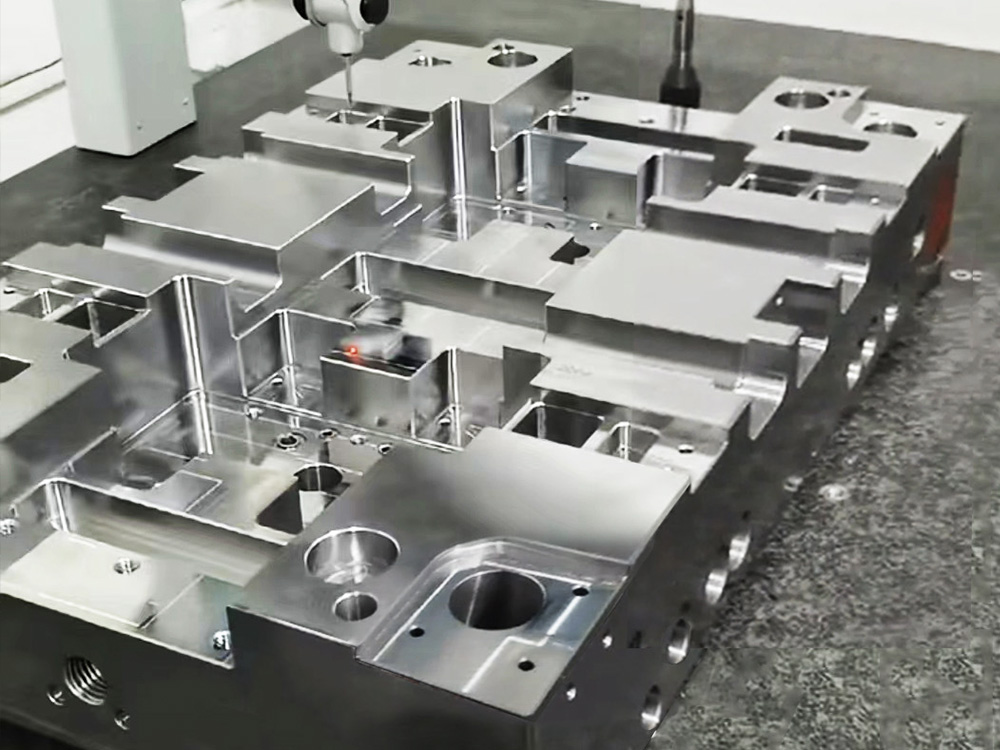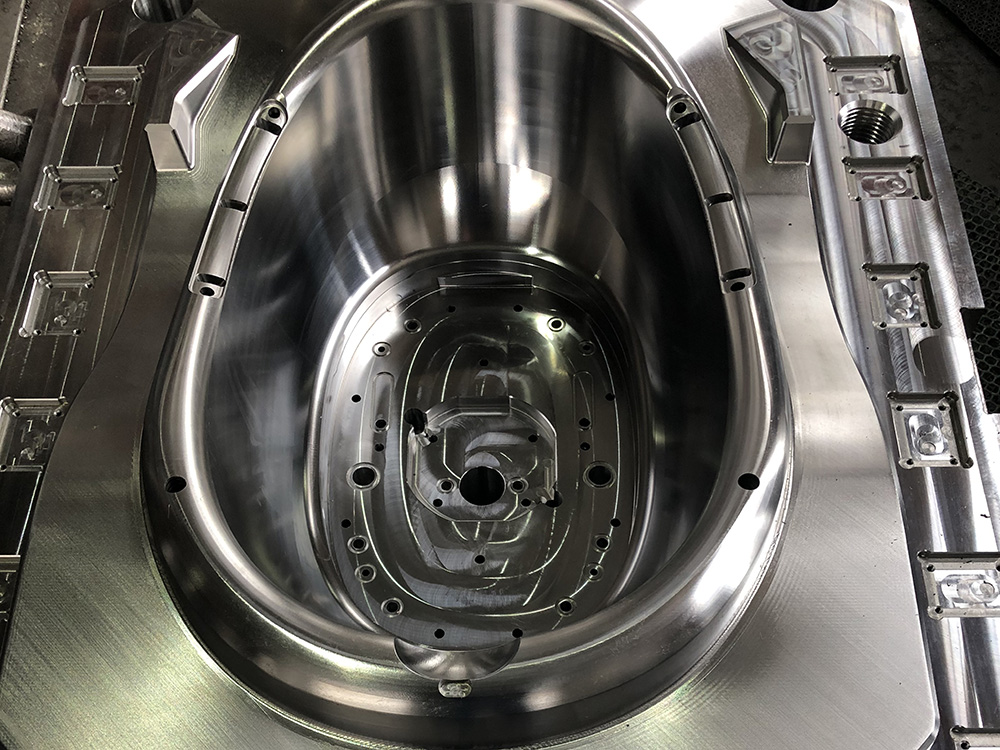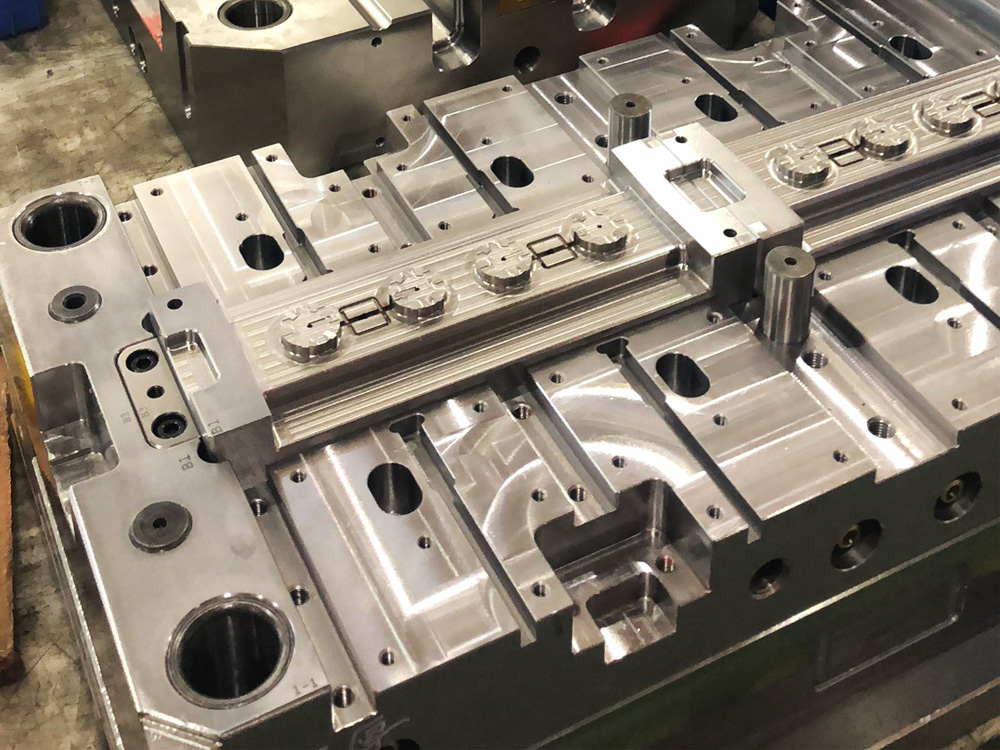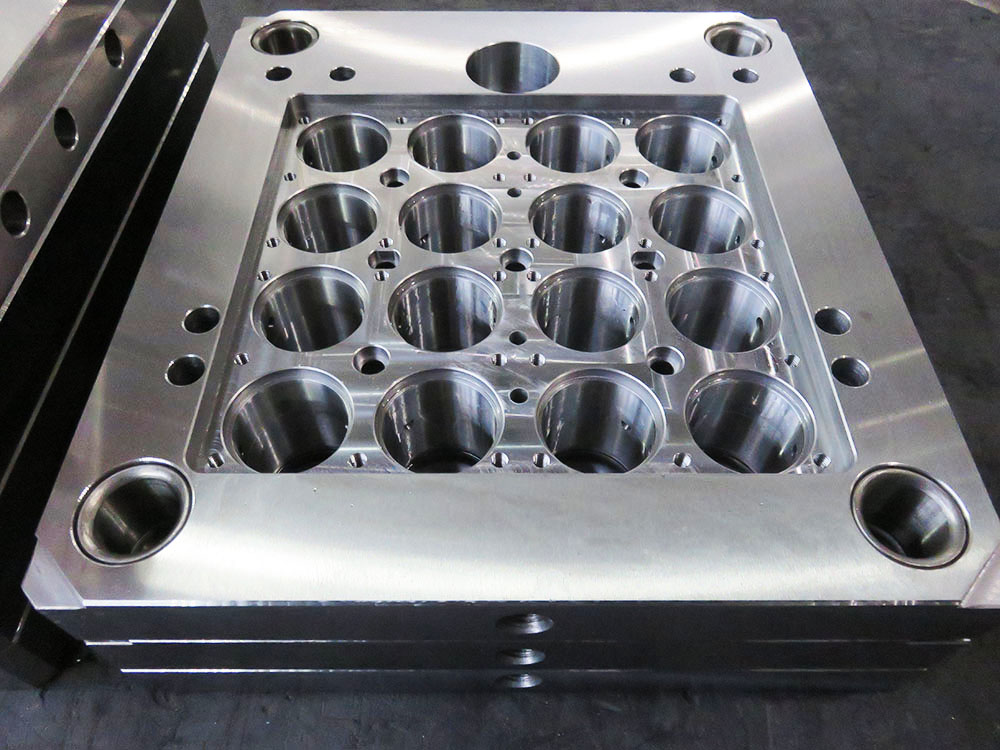Mold Base Industry: Proper Safety Belt Installation in Suspension Scaffold Interior
Proper safety belt installation is of utmost importance in the mold base industry, especially when working in the suspension scaffold interior. This article provides a comprehensive guide on how to ensure the right installation of safety belts, ensuring the safety and well-being of workers.
1. Choose the Right Type of Safety Belt
Prior to installation, it is essential to select the appropriate type of safety belt for the job. There are various types available, including full body harnesses and adjustable restraint belts. Consider factors such as the duration of the work, weight capacity, and anchorage point requirements while selecting the safety belt.
2. Inspect the Safety Belt for Damage
Before installation, thoroughly inspect the safety belt for any signs of damage or wear. Look for frayed or torn straps, damaged buckles, or any other visible damages. If any defects are found, replace the safety belt immediately, as using a damaged belt can compromise the safety of the worker.
3. Adjust the Safety Belt Properly
Ensure that the safety belt is adjusted correctly to fit the worker. The shoulder straps should be snug but not overly tight, and the waist belt should sit comfortably on the hips. Adjust the leg straps so that they do not cause discomfort or chafing. The safety belt should be properly adjusted to provide optimum support and stability while working at heights.
4. Identify the Anchorage Points
Identify suitable and secure anchorage points for attaching the safety belt. These can be fixed structural members that are capable of supporting the weight of the worker. It is crucial to ensure that the anchorage points are certified and regularly inspected for safety compliance.
5. Connect the Safety Belt to the Anchorage Points
Connect the safety belt to the identified anchorage points using appropriate locking mechanisms. It is vital to follow the manufacturer's instructions for correct connection methods. Avoid using makeshift connections or insecure attachments, as these can lead to accidents or falls.
6. Perform a Safety Check
Before commencing work in the suspension scaffold interior, perform a thorough safety check of the installed safety belt. Ensure all connections are secure, straps are not twisted, and all buckles and fasteners are properly engaged. Any signs of looseness or instability should be addressed immediately to prevent accidents during work.
7. Regularly Inspect and Maintain Safety Belts
Maintaining safety belts is crucial for their long-term effectiveness. Regularly inspect the safety belts for signs of wear, damage, or degradation. Follow the manufacturer's guidelines on maintaining and replacing safety belts to ensure they remain safe and reliable for use.
Conclusion
In the mold base industry, proper safety belt installation in the suspension scaffold interior is essential to ensure worker safety. By choosing the right type of safety belt, inspecting it for damage, adjusting it properly, identifying secure anchorage points, connecting the belt correctly, performing safety checks, and regularly inspecting and maintaining the safety belt, workers can carry out their tasks with confidence and minimize the risk of accidents or falls.
Remember, safety should always be the top priority in the mold base industry, and a properly installed safety belt is a crucial element in achieving this goal.




